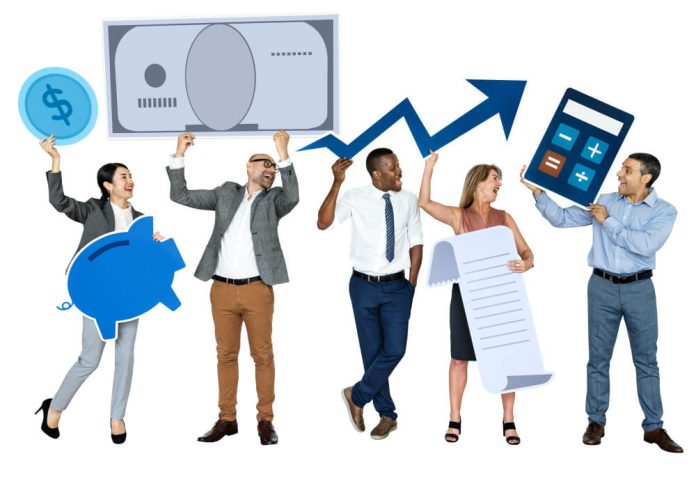At TED 2025, OpenAI CEO Sam Altman shared insights into the future of AI and its relationship with creators, suggesting a potential revenue-sharing model for artists whose work could be used to train AI models. Altman’s comments come amid ongoing debates over AI-generated art and its impact on intellectual property rights.
In a conversation with TED curator Chris Anderson, Altman discussed how AI could potentially change the way creators are compensated for their work. He proposed a model where artists could opt-in, allowing their style to be used in AI training, with revenue being shared with them in return.
Altman suggests a new revenue model for artists who opt in to OpenAI’s AI projects, reflecting the company’s growing concern over copyrighted material use and the potential to reshape how artists are compensated for their creative contributions. This idea reflects OpenAI’s growing interest in addressing such concerns.
This announcement comes on the heels of controversy surrounding AI-generated art, particularly following the viral Ghibli AI trend. Fans of the Japanese animation studio, Studio Ghibli, expressed concern over AI-generated images mimicking the beloved studio’s distinct animation style. Critics argued that such creations amounted to intellectual property theft, raising questions about copyright infringement in the AI art space.
He emphasized the complexity of copyright issues in art production, stating that it’s difficult to generate art in the style of seven consenting artists. He also highlighted the challenge of finding a fair revenue distribution model among creators, highlighting the delicate balance between creativity, copyright, and the emerging role of AI in art production.
Altman revealed that ChatGPT’s GPT-4o-powered image generator now has a memory feature that allows it to remember user interactions. This could make the AI system more intuitive and adapt to users’ needs. Altman suggested that the AI model could even be listening to users throughout the day, improving personalization and tailoring responses over time.
He discussed the potential impact of AI on human jobs and the potential for AI to replace human workers. He emphasized that technological advancements have always led to new opportunities, and there are two views on AI’s potential: it is doing everything we do, or it can do more, as seen in every other technological revolution, underscoring its transformative potential in various industries.
As OpenAI continues to make strides in AI development, the company’s valuation recently reached a staggering $300 billion. Altman confirmed that OpenAI is actively working on autonomous AI agents that can perform tasks and make decisions on behalf of users, signaling further innovation in AI’s role across different sectors.
Reflecting on the recent user growth of ChatGPT, Altman revealed that the platform now boasts around 500 million weekly active users, with growth showing no signs of slowing down. “Something like 10% of the world uses our systems,” he remarked, highlighting the global impact and growing influence of AI in everyday life.
As the debate over AI-generated art and intellectual property continues to evolve, Altman’s proposed revenue-sharing model could provide a new framework for balancing the needs of creators and the opportunities presented by AI. The future of AI in the creative industries remains uncertain, but with OpenAI at the forefront, these discussions will likely shape the direction of AI technology and its relationship with human creativity for years to come.










